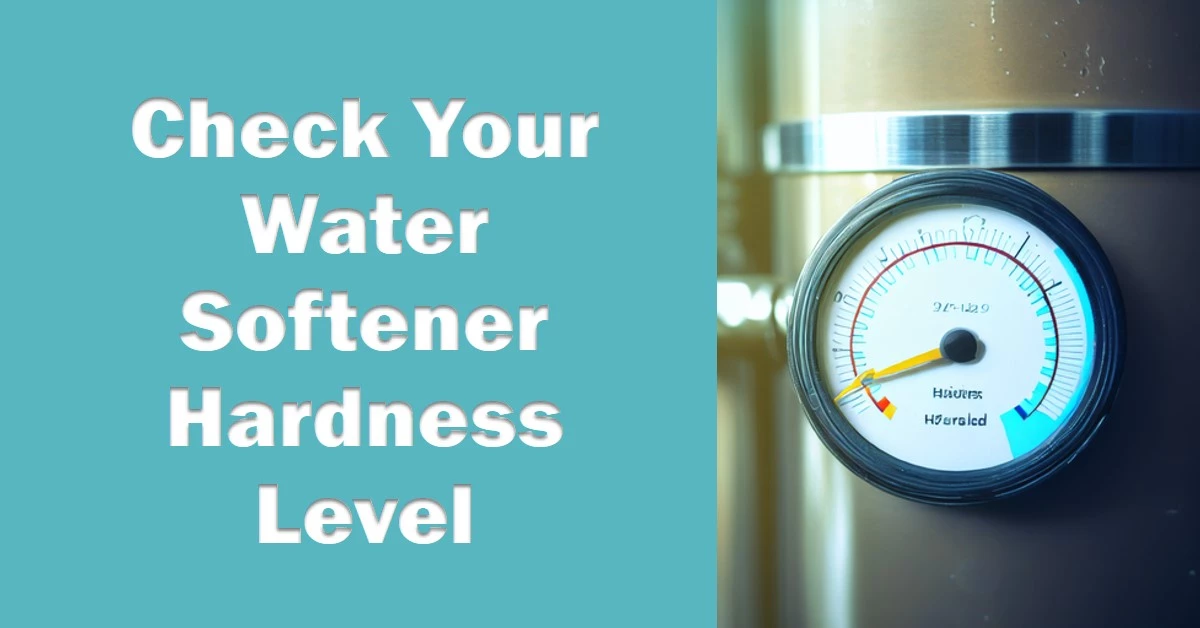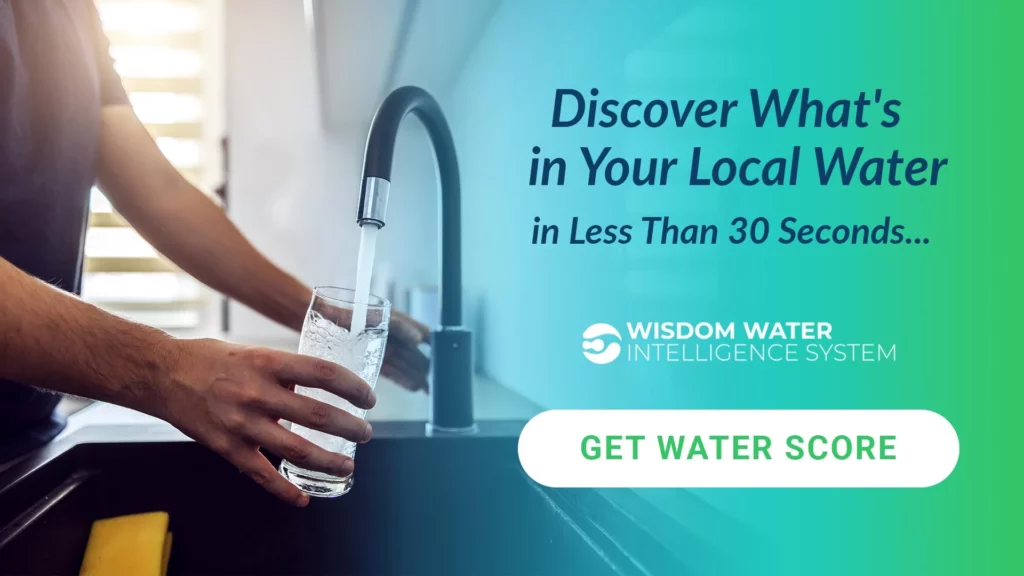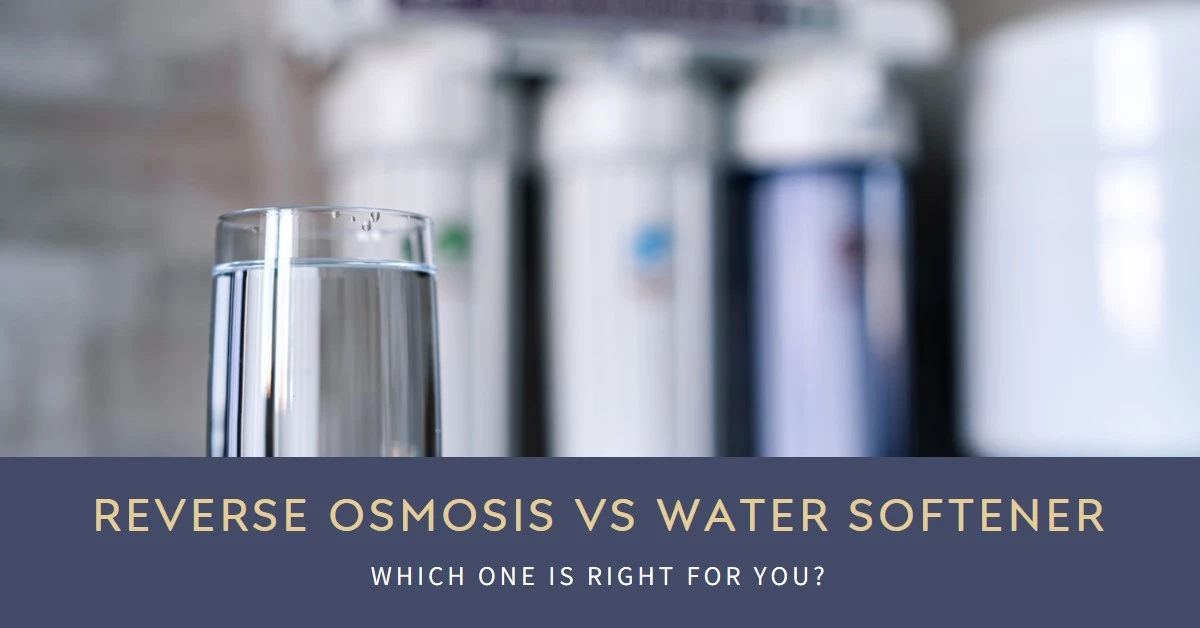If you’re struggling with mineral buildup on your appliances and plumbing fixtures, then you might want to consider using a water softener. Hard water is caused by dissolved minerals such as calcium and magnesium, and can cause all sorts of problems like clogged pipes and damaged appliances. But, in order for your water softener to work effectively, it’s important to set the correct hardness level. In this article, we’ll go over the steps to help you set the correct hardness level on your water softener.
Understanding Water Hardness
Water hardness is a term used to describe water that contains dissolved minerals such as calcium and magnesium. These minerals can cause various problems such as soap scum and mineral buildup on appliances and plumbing fixtures. A water softener can remove these minerals and make your water “soft”.
How to Determine the Correct Hardness Level
To set the correct hardness level on your water softener, you need to know the current hardness level of your water supply. You can get this information by obtaining a water quality report from your local water utility or by using a home water testing kit.
A water quality report typically contains a list of minerals and chemicals that are present in the water, including the hardness level. If you’re unsure about how to read the report, you can always contact your local water utility for assistance.
If you’re using a home water testing kit, make sure to follow the instructions carefully to obtain accurate results. These kits typically come with test strips or drops that change color when they come into contact with certain minerals in the water.
Once you have the results, look for the measurement of grains per gallon (GPG), which is a common unit of measurement for water hardness. As a good rule of thumb, you should set your water softener to match the GPG of your water supply. For example, if your report shows you that your water hardness level is 10 GPG, then you need to set your water softener to 10 GPG as well.
How to Adjust the Hardness Setting on a Water Softener
Adjusting the hardness setting on your water softener is relatively simple, but the process may vary depending on the type and model of your water softener. Here are some general steps to follow:
- Locate the control panel on your water softener.
- Look for the hardness setting or control button.
- Use the control button to adjust the hardness level to the correct GPG.
- Some water softeners require you to initiate a manual regeneration cycle after adjusting the hardness level.
Be sure to consult the user manual for your specific water softener for detailed instructions on adjusting the hardness setting.
Maintenance and Care of Water Softeners
To keep your water softener functioning efficiently, it’s important to perform regular maintenance and care. Here are some things you can do:
- Check the salt levels and add more as needed
- Clean the resin tank and brine tank periodically
- Replace the filter cartridges regularly
- Monitor the regeneration cycle to ensure it is functioning properly
By following these maintenance tips, you can extend the lifespan of your water softener and keep it functioning properly for years to come.
Key Takeaways
Now that you know the importance of setting the correct hardness level on your water softener, you can enjoy the benefits of soft water without worrying about mineral buildup on your appliances and plumbing fixtures. Remember to regularly maintain and care for your water softener to keep it functioning efficiently. By following these steps, you can ensure that your water softener is properly set up and functioning optimally.



